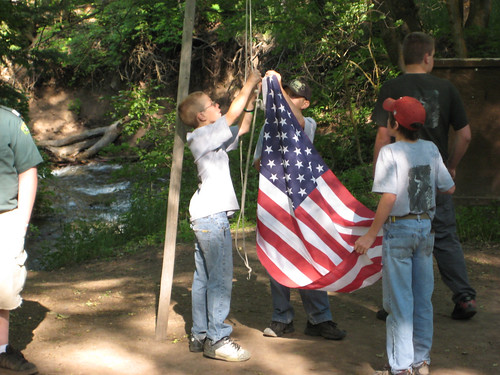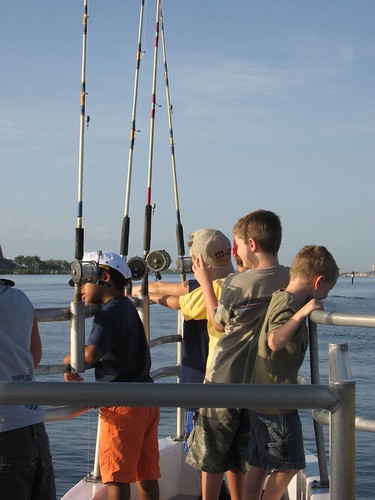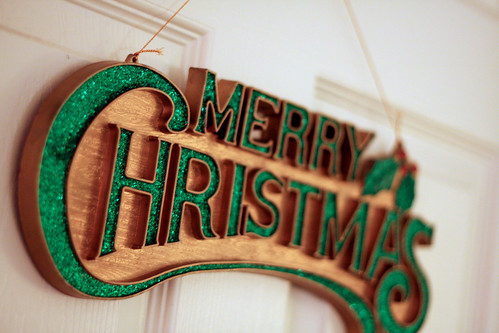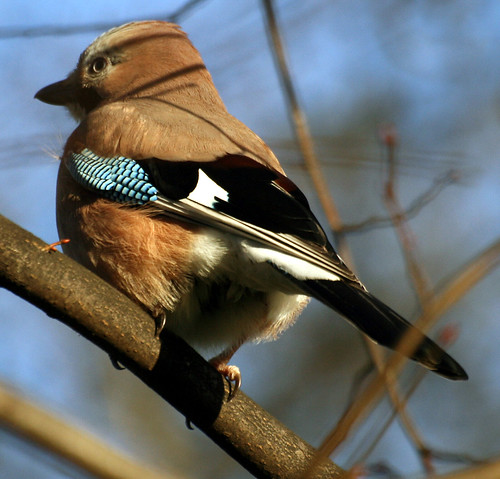Since the cold season has arrived I walked around to all of my birdhouses yesterday to clean out the nests built last spring. It's always interesting to see all the stuff that birds shuttle into those boxes and I've seen everything from plastic, cardboard, fish line, twine, and you name it. Most of the nesting materials from this year were surprisingly "clean" and they consisted of fairly uniform straws and grasses so that was a good sign.
I've already placed a selection of the nests in plastic shopping bags since I like to share them with the kids in my birdhouse building classes. The nests usually inspire even more questions and when there's some kind of foreign man-made objects woven into the straw that opens up another opportunity to explore the effects of mans encroachment on natural habitats.
The
Oklahoma Department of Conservation offers some good information on building birdhouses that has been part of my research materials for several years. Some of their advise is as follows:
Do not set out a birdhouse if...
· It has a perch - Perches make it easy for predators to raid the nest and attract non native cavity nesters.
In my opinion this isn't a big deal and I let the kids put on a perch if they desire. Personally I've never had a problem with predators messing with my birdhouses and if I did then I could just remove the perch. It is a fact that birds could care less if there's a perch there or not and not having one doesn't impede there entrance at all.
· The wood is less than 3/4 inch thick - Thinner wood causes the birds to suffer or die in heat during sunny periods and chill on cool nights.
Normally the wood that we use in building our birdhouses is about 3/4" thick but we have used wood that was much thicker so I guess that I'm not breaking this guideline.
· The wood at the entrance hole is less than one and a half inches thick- A deep hole helps prevent raccoons, crows, starlings and other predators from reaching into the nest to take the young, adult, and/or eggs.
The door wood to our birdhouses has always been the thickest of the whole house but my intent was in helping to keep the door soundly shut from high winds, weather, or predators prying about. I never really considered that a deeper hole would discourage predators so I'm glad that we've been doing that correctly.
· It is made of cedar - The odor you smell contains plicatic acid which is one of the leading causes of occupational asthma in people and pollutes every breath of the young birds especially on hot sunny days. Chests are made of cedar to create an undesirable environment for, or kill small creatures and should not be used for bird homes.
This is interesting information to consider but cedar is a lot more expensive than pine in our area
of the country so we're good here too. I wonder if using pressure treated lumber would matter?
· The distance from the center of the hole to the bottom of the front is less than 7 inches- Shallow boxes become feeders for Blue Jays, squirrels, raccoons and other predators.
I just barely meet this guideline.
· It doesn't have adequate ventilation The young birds will die on hot sunny days as the mother bird sits in the entrance hole gasping for air.
Good ventilation is very important and I stress this during our classes. Sometimes the kids literally want to caulk every crack tightly so I have to intervene with their good intentions. Imagine a fully feathered bird roosting in a tiny space with no windows and only one tiny hole opening to the air. That space needs good ventilation to help the birds cope. The birdhouse also needs to have good drainage so we sometimes drill a lot of small holes in the bottom.
 This carving project began several weeks ago and was intended to be a Christmas present but somewhere during the hustle and bustle of the season, a full-time job, and the biggest snow storm of the decade it just didn't quite get finished on schedule. Now that things are settled down I decided to pick it up again today for a little finish sanding and that is where the progress now stands.Like most of my carved backscratchers and spoons I make them from the dried, fallen limbs of the many tulip poplar trees here on my side of the mountain. The limb wood works so good for these type of practical carving projects providing such a strong handle that sands down to a fine finish.
This carving project began several weeks ago and was intended to be a Christmas present but somewhere during the hustle and bustle of the season, a full-time job, and the biggest snow storm of the decade it just didn't quite get finished on schedule. Now that things are settled down I decided to pick it up again today for a little finish sanding and that is where the progress now stands.Like most of my carved backscratchers and spoons I make them from the dried, fallen limbs of the many tulip poplar trees here on my side of the mountain. The limb wood works so good for these type of practical carving projects providing such a strong handle that sands down to a fine finish.







































![Reblog this post [with Zemanta]](http://img.zemanta.com/reblog_e.png?x-id=4359b858-59f2-4778-8721-9fed94843b47)















